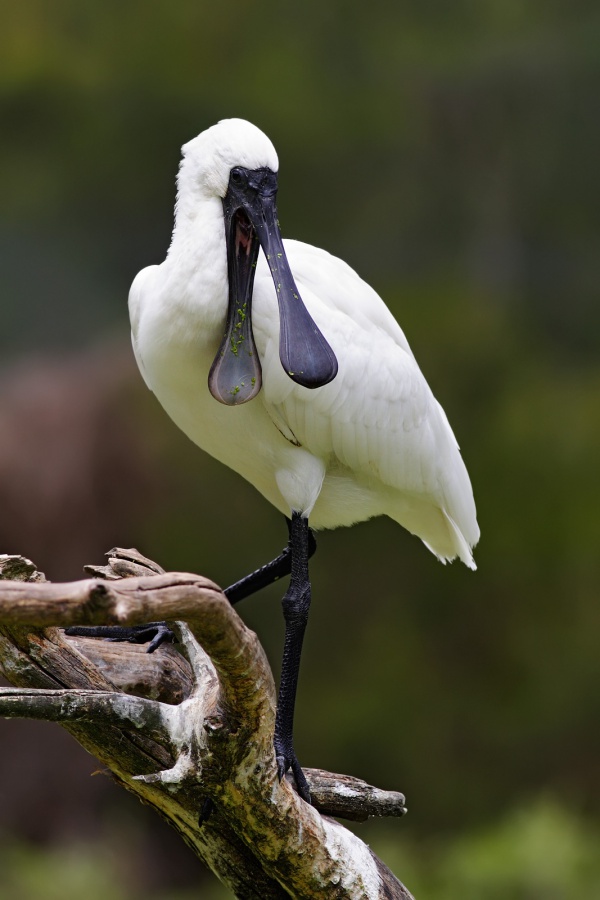Facts About Royal spoonbill
The royal spoonbill, also known as the black-billed spoonbill, is a captivating bird found in various regions of the world, including Australia, New Zealand, Indonesia, Papua New Guinea, and the Solomon Islands. Occasionally, it makes an appearance as a visitor in New Caledonia. This species thrives in intertidal flats and wetlands, where it feeds on a diet of crustaceans, fish, and insects. You can observe it using its distinctive spoon-shaped bill to sweep from side to side as it hunts. When in flight, the royal spoonbill extends its head fully.
Conservation-wise, the royal spoonbill is faring well and is classified as Least Concern on the IUCN Red List.
The bird was first described by John Gould in 1838. A 2010 study identified its closest relative as the black-faced spoonbill. Visually, the royal spoonbill is a large, striking white bird with a black spoon-shaped bill. It stands approximately 80 cm tall and weighs between 1.4 to 2.07 kg. Its long legs are well-suited for wading through water, making it an efficient predator.
During feeding, the royal spoonbill uses its bill like a pair of tongs to catch small animals in shallow waters. It employs a distinctive side-to-side sweeping motion to locate and capture its prey, which includes fish, shellfish, crabs, and amphibians.
Breeding season is a remarkable period for the royal spoonbill. The birds grow elegant white plumes and develop colorful facial patches. They construct nests out of sticks in trees, where females lay two to three eggs. After an incubation period of about 21 days, the chicks hatch. However, these birds are particularly sensitive during the breeding season and may abandon their nests if disturbed, even slightly.
